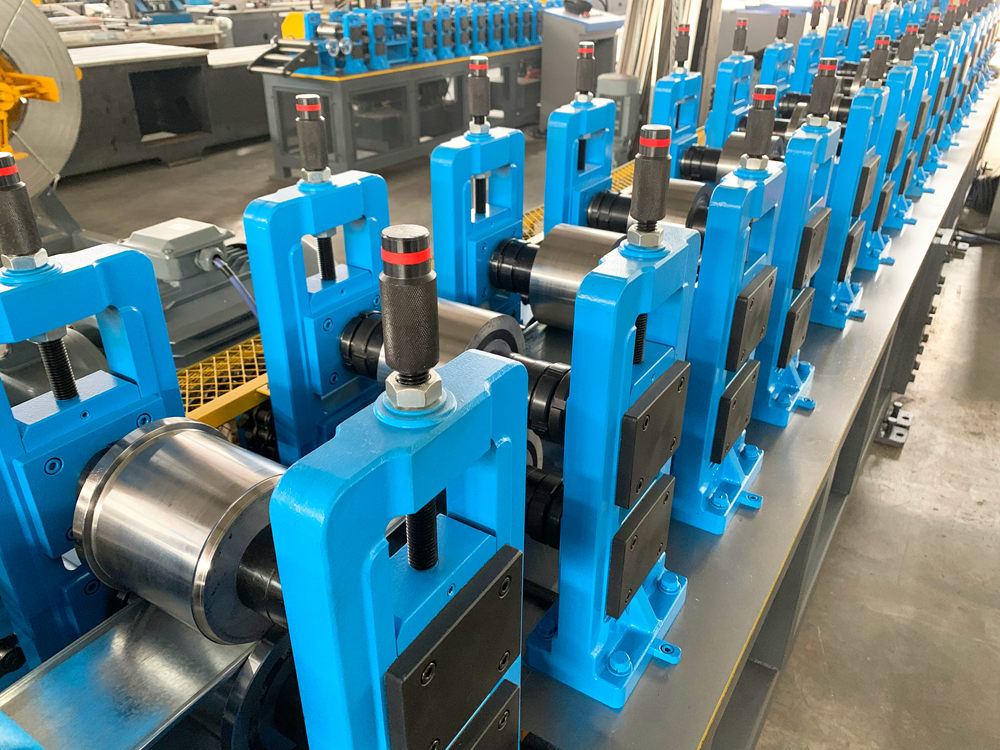
The Manufacturing Process of Spiral Welded Pipe Making Machines
Spiral welded pipes have become increasingly important in various industries due to their durability, strength, and cost-effectiveness. The production of these pipes relies heavily on advanced technology, particularly spiral welded pipe making machines. These machines play a vital role in ensuring that the pipes meet high standards of quality and performance. In this article, we will explore the intricacies of spiral welded pipe making machines, their components, and the process involved in creating high-quality pipes.
Understanding Spiral Welded Pipes
Spiral welded pipes are manufactured by spirally wrapping a flat steel strip and welding the edges together to form a tube. This method allows for the efficient production of pipes with larger diameters and wall thicknesses compared to traditional straight seam welding methods. The continuous nature of the spiral welding process also contributes to fewer joints, enhancing the pipe's strength and flexibility.
Key Components of Spiral Welded Pipe Making Machines
A typical spiral welded pipe making machine consists of several essential components, including
1. Uncoiler This component is responsible for unwinding the steel coil as the initial step in the pipe manufacturing process. It ensures a smooth and efficient feed of the strip.
2. Forming Station In this section, the flat strip is gradually formed into a spiral shape. This is achieved through a series of forming rolls that bend the material into the desired curvature.
3. Welding Station Once the strip is formed into a spiral, it moves to the welding station. The most common welding processes used are submerged arc welding (SAW) and high-frequency induction welding (HF). These methods ensure strong and reliable welds that will withstand high pressures and stresses.

4. Cooling and Sizing After welding, the newly formed pipe undergoes cooling, which is crucial for stabilizing the weld and ensuring the integrity of the structure. The pipe is then sized to meet specific dimensions and tolerances.
5. Testing and Inspection Quality control is a significant aspect of the manufacturing process. The finished pipes are subjected to various tests, including hydrostatic tests, ultrasonic tests, and visual inspections, to ensure they meet industry standards.
6. Cutting and Finishing After passing the inspections, the pipes are cut to the required lengths and may undergo further finishing processes, such as surface treatment or coating, to enhance their corrosion resistance and durability.
Advantages of Using Spiral Welded Pipe Making Machines
The use of spiral welded pipe making machines brings numerous advantages to the manufacturing process
- Efficiency The machine operates continuously, allowing for large-scale production while minimizing downtime. - Versatility These machines can produce pipes of various diameters and thicknesses, accommodating different project requirements. - Cost-Effectiveness By reducing waste and the number of joints, spiral welded pipes are often more economical in both production and eventual use. - Strength The spiral welding technique enhances the strength of the pipes, making them suitable for high-pressure applications in industries such as oil and gas, water supply, and construction.
Conclusion
Spiral welded pipes are a crucial component in modern infrastructure, offering durability and strength for a wide range of applications. The machines that produce these pipes utilize advanced technology, ensuring efficiency and high-quality output. As industries continue to evolve, the demand for spiral welded pipe making machines will likely increase, prompting further innovations in the manufacturing processes. With their numerous advantages, spiral welded pipes will remain a staple in construction and engineering for years to come. Understanding the manufacturing process not only highlights the importance of these machines but also showcases the engineering excellence behind modern pipe production.